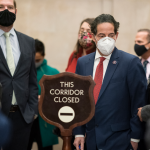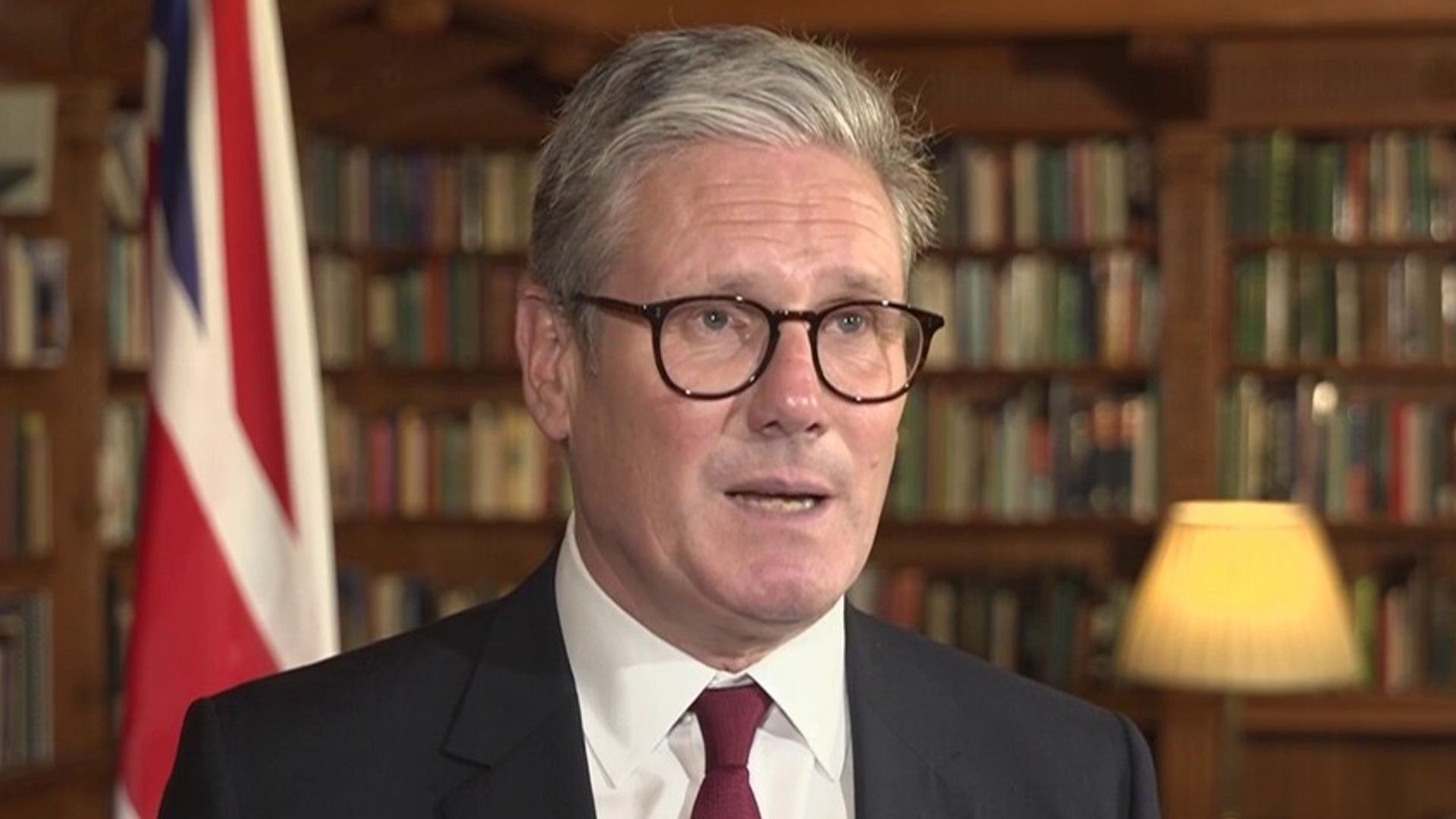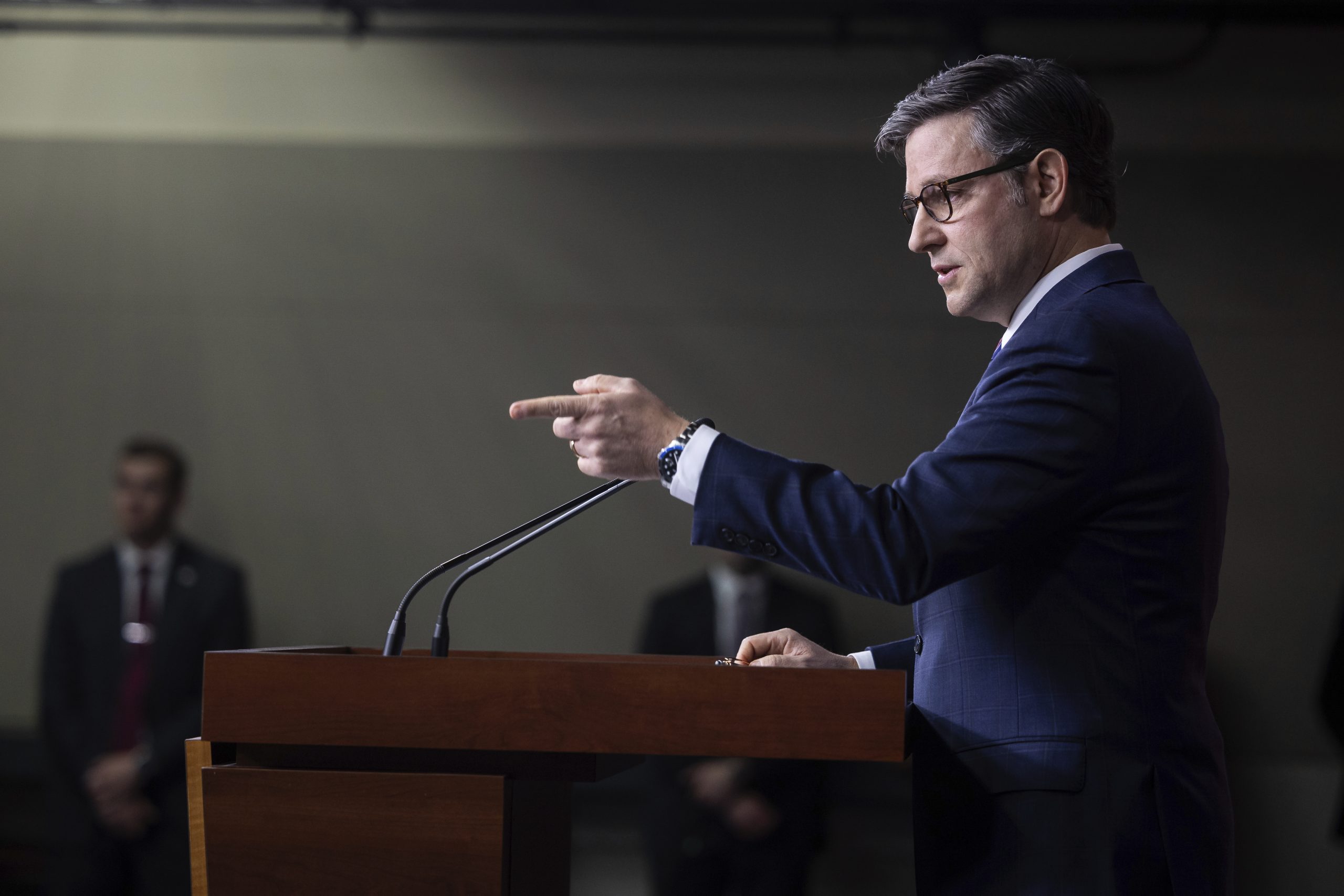House Appropriations Chair Tom Cole handed out funding caps Thursday for each of his 12 subcommittees, with overall totals that undercut bipartisan agreements struck last year during debt limit negotiations.
The levels would boost defense budgets by about 1 percent in the fiscal year that begins in October, while cutting non-defense funding by roughly 6 percent, Cole said. Those allocations are far lower than Senate leaders in both parties are seeking, foreshadowing yet another multi-month funding clash expected to drag beyond the November election.
With markups of appropriations bills planned for next week, House Republicans are working under spending caps set in the debt limit deal President Joe Biden reached last year with then-Speaker Kevin McCarthy. But they are ignoring other pieces of the agreement.
“I wish I could do better,” Cole told reporters after meeting privately with GOP appropriators Thursday morning. “These are not phony numbers. These are the numbers of the law, first of all.”
The new chair is expected to publicly announce each of the dozen totals Thursday, along with a markup agenda.
The totals Cole divulged Thursday are expected to change, as the Congressional Budget Office releases information on how housing receipts will affect federal cash and the cost of veteran health services, among other things.
“This is where we’re going to start,” Cole said. “We’re going to start with what’s written in the law.”
House appropriators are expected to begin fiscal 2025 markups next week with the measure that would fund military construction and the Department of Veterans Affairs going first in subcommittee Tuesday, followed by a full committee markup Thursday. Cole said appropriators also hope to approve their slate of funding totals next week.
Top Senate appropriators are already discussing whether they need to exceed the funding limit set by last year’s debt deal for the Pentagon, arguing that it’s too low to keep pace with inflation and military readiness needs.

















